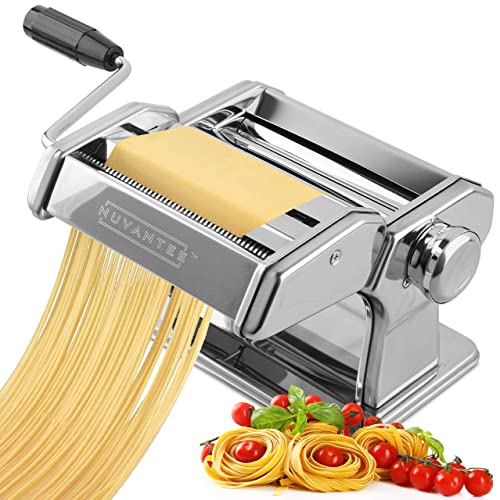Understanding the Maximum Thickness of Pasta that a Machine Can Create
When it comes to making pasta, whether at home or in a restaurant, having the right tools is crucial. One of the most important tools for creating pasta is a pasta machine. These machines can roll out the dough to a desired thickness, allowing for the creation of various types of pasta. However, there is a limit to how thick the pasta dough can be rolled out. In this article, we will explore what determines the maximum thickness of pasta that a machine can create and the factors that can affect it.
Types of Pasta Machines
Pasta machines come in different types, such as manual hand-crank machines, motorized machines, and professional-grade machines. The type of machine you use can affect the maximum thickness of the pasta it can create. Manual hand-crank machines usually have a smaller roller size and are not as powerful as motorized or professional-grade machines. This means that they may have limitations when it comes to rolling out thicker dough.
Roller Size and Thickness Adjustment
The roller size of a pasta machine plays a significant role in determining the maximum thickness of the pasta it can create. Machines with larger rollers allow for the dough to be rolled out to a thicker size. Additionally, some pasta machines have a thickness adjustment feature that allows you to control the thickness of the dough. This feature is usually in the form of adjustable settings or removable attachments that can be added to the machine. Having the ability to adjust the thickness of the pasta dough can impact the maximum thickness the machine can create.
Ingredient and Dough Consistency
The ingredients and consistency of the pasta dough can also affect the maximum thickness that a machine can handle. Pasta dough is typically made from a combination of flour, eggs, water, and sometimes additional ingredients like oil or salt. The ratio of these ingredients and the consistency of the dough can impact how easily the dough rolls out and the thickness it can achieve. For instance, a dry or stiff dough may be more difficult to roll out to a thicker size compared to a more hydrated and malleable dough.
Machine Quality and Durability
The quality and durability of the pasta machine also play a role in its ability to roll out thicker dough. Higher-quality machines are often designed with more powerful motors, sturdier construction, and better engineering, allowing them to handle thicker and denser dough. Professional-grade machines, in particular, are designed to withstand heavy use and can typically handle thicker dough compared to smaller, less durable machines.
The maximum thickness of pasta that a machine can create depends on various factors, including the type of machine, roller size, thickness adjustment, ingredient and dough consistency, as well as machine quality and durability. Understanding these factors can help you choose the right machine for your pasta-making needs and allow you to create pasta of the desired thickness. Whether you prefer a thin angel hair pasta or a thicker pappardelle, having the right machine can make all the difference in achieving the perfect pasta texture and thickness.






